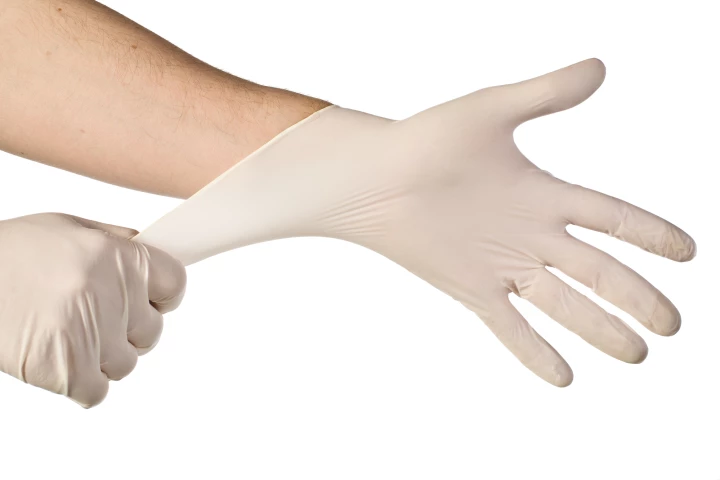Breathe
-
Scientists have made the surprising discovery that some mammals can absorb oxygen through their intestines. Mice, rats and pigs given oxygen enemas in gas or liquid form were found to survive much longer in a low-oxygen environment.
-
If your child has a persistent cough, it goes without saying that you should check to see if it's anything serious. Taking them to the doctor is the best bet, but an experimental new cough-analyzing smartphone app could help in situations where that isn't possible.
-
Scientists from the University of Southern Denmark have created a substance that is able to absorb and store oxygen in such high concentrations that just one bucketful is enough to remove all of the oxygen in a room. The stored oxygen is able to be released in a controlled manner when it is needed.
-
A link has been made between the abnormal breathing patterns experienced while sleeping at altitudes higher than 2,500 m (8,200 ft) and the symptoms of altitude sickness, particularly headaches. The finding could lead to potential treatments to combat altitude sickness.
-
When a patient can't breathe through their mouth or nose, often the only way of getting air to their lungs is to perform a tracheotomy. This involves making an incision in the trachea, and inserting a breathing tube through it. Now, scientists are creating a device to streamline the process.
-
An experimental new robotic device automatically steers an inserted breathing tube towards a patient's trachea. It promises to make the intubation process easier for doctors, and safer for patients.
-
Doctors have saved a baby's life by implanting a 3D-printed splint around his airway.
-
A romper with an integrated stretchable circuit board has been designed to guard against Sudden Infant Death Syndrome.
-
Scientists have developed injectable microparticles containing oxygen gas, that could be used to raise blood oxygen levels when a patient's lungs aren't working or their airway is blocked.
-
A team of bioengineering students have created a device that lifts up obese patients' abdominal fat during surgery, allowing them to breathe more easily.
-
First Defense Nasal Screens filter out airborne allergens and droplets, and are applied around the rim of each nostril.
-
The Emergency Bra is a protective device that transforms from a bra into two respiratory pace masks to filter out harmful airborne particles.
Load More











